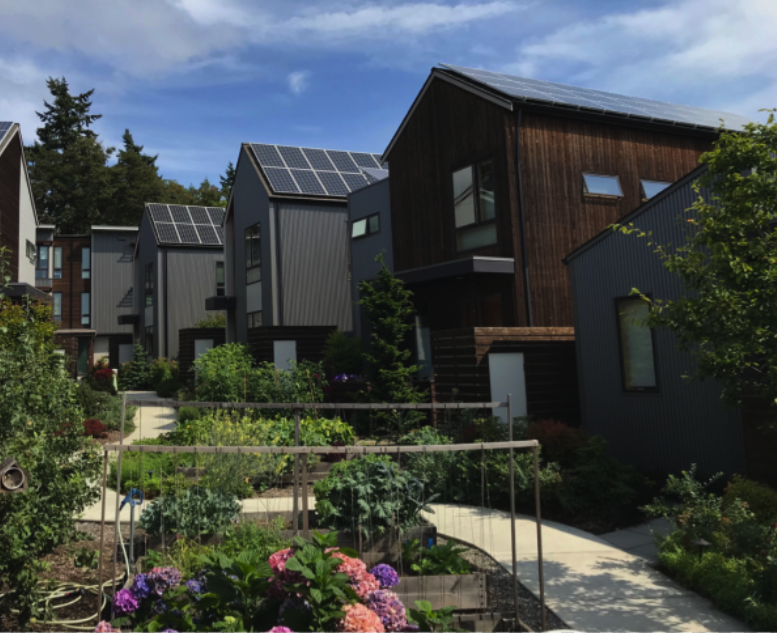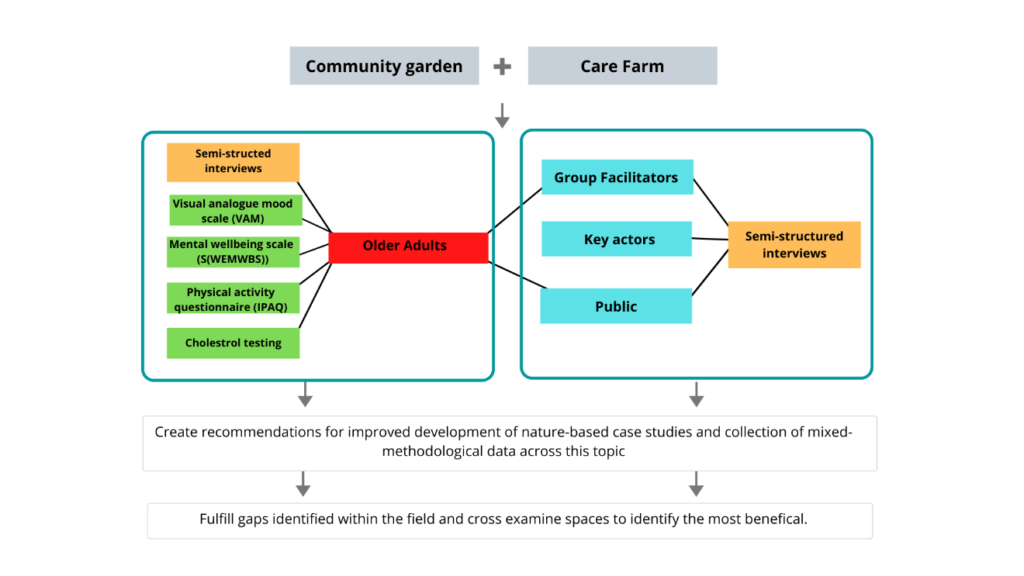City Know-hows

Target audience
Professionals working on new development (e.g. architects, sustainability consultants, engineers, urban designers, etc.) planners and public health teams.
The problem
The design of built spaces affects health. Research has focused primarily on healthy planning policy development rather than implementation in the process of urban development. There is a knowledge gap about the specific problems encountered by design teams when they seek to create healthy buildings and places, including the solutions that they have adopted to overcome such challenges.
What we did and why
To explore professionals’ experiences of creating healthy development projects, we interviewed 31 built environment and public health practitioners in six countries (Australia, China, England, Netherlands, Sweden and the USA). We asked participants to tell us about a project in which they had tried to integrate health and wellbeing design measures, talking us through the background, motivation, people involved, challenges they encountered and opportunities to overcome those.
Our study’s contribution
Using the participants’ descriptions, we classified developers into two general categories about their willingness to design for health.
We found three key themes that related to integrating health into new buildings and communities. Managing risk, responsibility and economic constraints were paramount to persuade developers to adopt healthy design measures. Participants could push business-as-usual practices towards healthy urbanism by showing economic benefits or piloting new approaches. Finally, building knowledge and capacity across professionals and the public will support healthier development.
Impacts for city policy and practice
There are important lessons for urban design teams, policy-makers and practitioners.
Further information
Additional information and resources at healthyurbanism.net
Full research article:
Built environment stakeholders’ experiences of implementing healthy urban development: an exploratory study by Helen Pineo and Gemma Moore.
Related posts

Gentrification is reshaping cities worldwide. It has both upsides and downsides for older adults, including rising costs, housing scarcity, weakened social ties, and mental health issues.

New research on India’s ageing population reveals urban-rural disparities’ impact on health. Urban areas see high rates of obesity, cardiovascular diseases, diabetes, and high cholesterol. Urgent call for urban planning and health policies

We used a case study approach to highlight potential radical health tools that could be embedded in research projects to enable us to understand more about how nature impacts health and wellbeing.